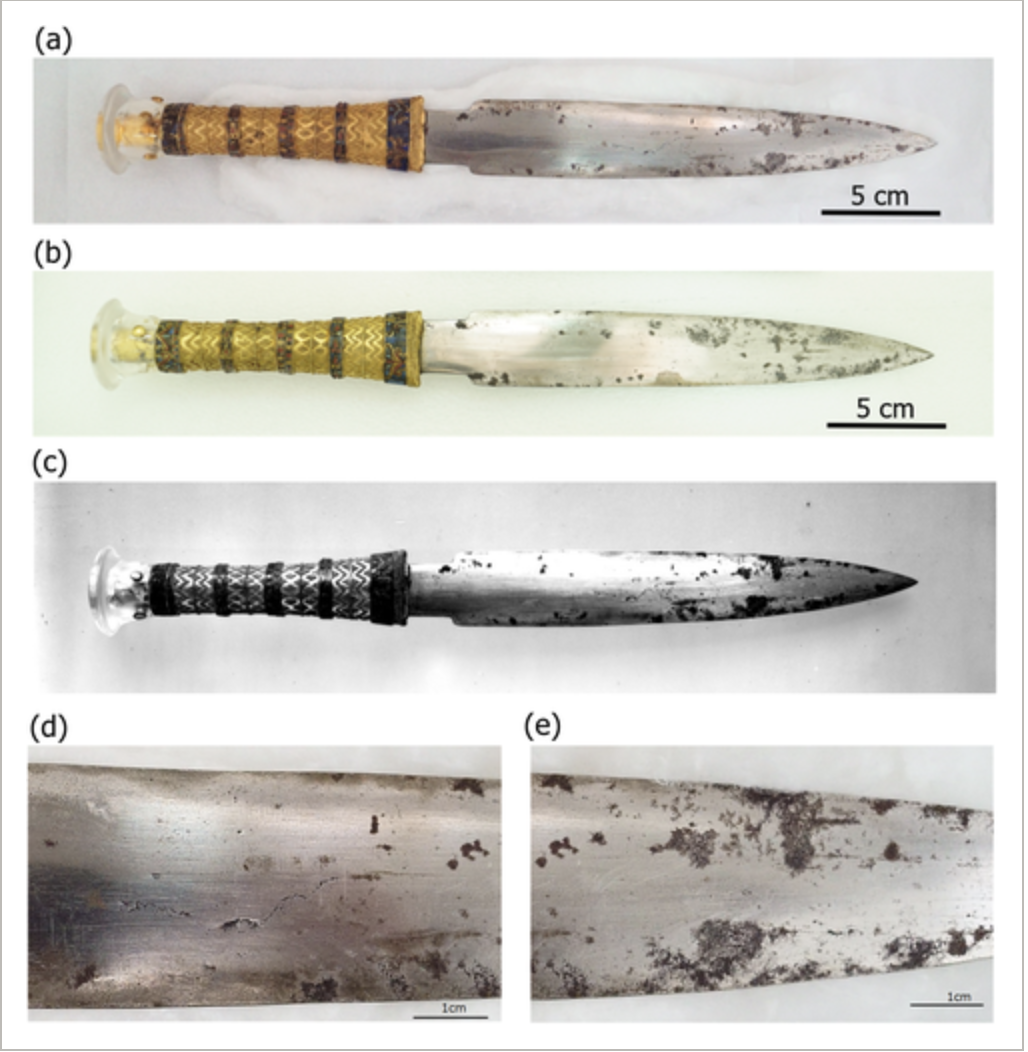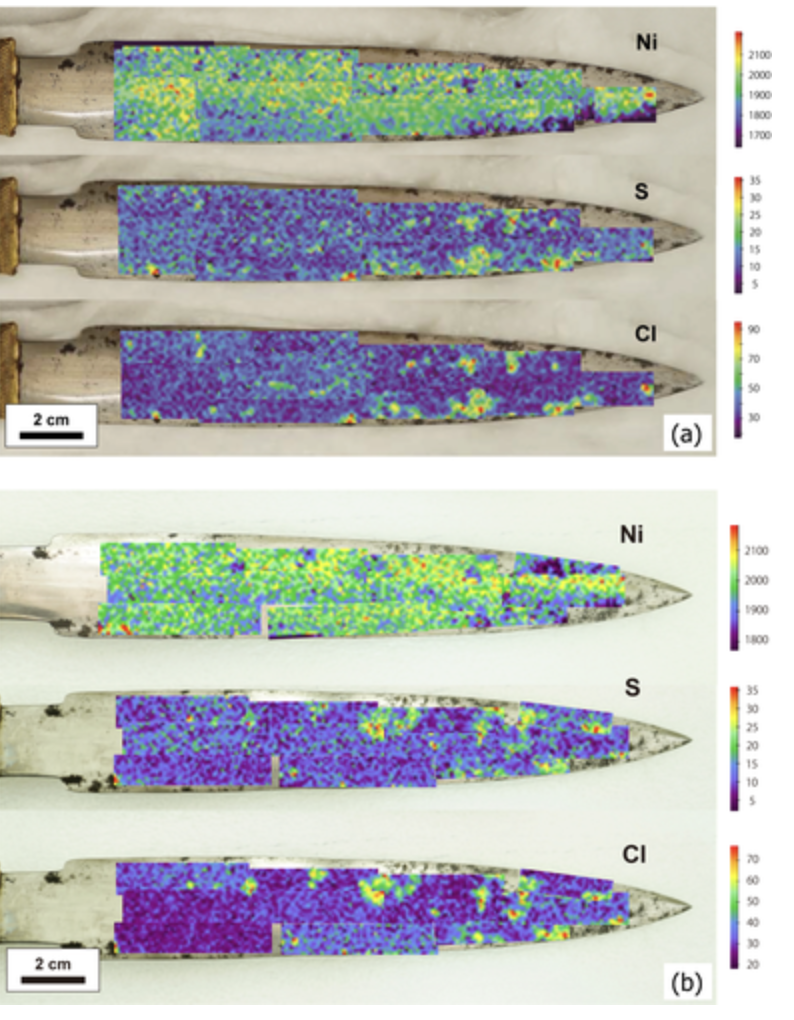And no, it wasn’t aliens
A recent study has shed light on Tutankhamun’s ‘space dagger’ that is supposedly made from the metal of a fallen meteorite back in ancient Egypt.
A paper published in the journal of Meteorites and Planetary Science explores the origin of the dagger more, and specifically, how the dagger came into the pharaoh’s possession.
While Tutankhamen is widely considered one of the most important Egyptian rulers, archaeological digs in the 1920s brought the ancient ruler worldwide fame. Besides the dagger, his treasures included a gold burial mask, solid gold coffin, thrones, archery bows, trumpets, a lotus chalice and various pieces of furniture.

Among King Tut’s impressive 5,000 piece collection, 19 objects were made from iron, which is considered bizarre as iron is not usually associated with that era in history. Archaeologists believe the use of iron indicates high status and the dagger’s high nickel content suggests that the iron is made from a meteorite.
Back in 2016, scientists used X-ray fluorescence spectroscopy to analyse the dagger’s composition. As expected, the dagger was mostly iron with 11 per cent nickel and 0.6 per cent cobalt – but still, scientists were stumped on how the dagger was created.
Having the materials is one thing but understanding how to manipulate them is specialised knowledge – not really common knowledge at the time – with no evidence that Egypt used iron smelting until the sixth century BCE, some 400 years after the dagger was created.
Naturally, many would point to otherworldly visitors – but it turns out there might be another, rather mundane explanation.
Turns out there were a number of methods employed at the time, including cold working, which involves cutting and polishing and low-temperature heating. In diplomatic letters written in Akkadian from the Egyptian royal archives known as the Amarna letters, a list of gifts is mentioned. The King of Mitanni sent the gifts to Tut’s father, Amenhotep III, upon Amenhotep marrying his daughter.
Among the gifts was an iron dagger.
Using an X-ray fluorescence instrument in 2020, Takafumi Matsui and his colleagues at the Chiba Institute of Technology in Japan hoped to delve deeper into the dagger’s history. As expected, the researchers identified elements like iron, nickel, and cobalt. They also found trace amounts of manganese and blackened spots on the blade itself that registered sulfur, chlorine, calcium and zinc.

Most interestingly, the distribution of elements appeared in a cross-hatched texture known as a “Widmanstätten pattern.”
Essentially, these patterns are typical of an octahedrite, the largest group of iron meteorites. The authors further theorised that Tut’s dagger was forged at a low heat of less than 950° C (1,724° F), which is indicated by the low amount of sulfur present.
Related links:
- Giant’ killer’ crocodile discovered with baby dinosaur still in its stomach
- Steve Irwin’s son forced to abandon enclosure after nearly being eaten by enormous croc
- Amber warning issued for incoming Storm Franklin








































